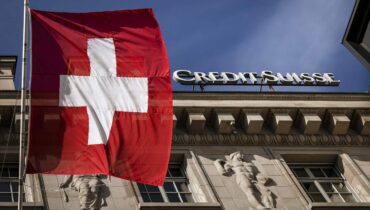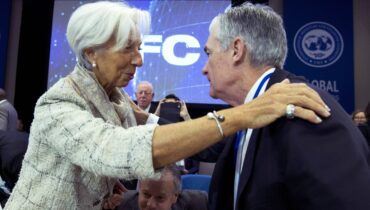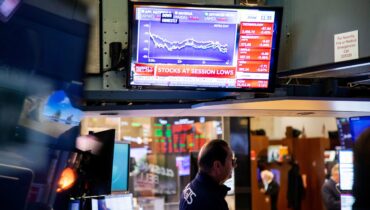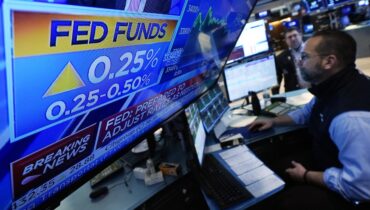What’s happening on the markets? In our Investment View, the experts of our Investment Division regularly provide insights of current market events and their opinion on the various asset classes.
THIS AUTHOR'S POSTS

How high do key interest rates still climb?
Both the European Central Bank and the Federal Reserve in the USA raised the key interest rate by 25 basis points last week. However, both central banks signalled that the end of the cycle is near – or may even have already been reached after the recent rate hikes.

The Credit Suisse takeover and its possible consequences
The effects of the takeover of the faltering major Swiss bank Credit Suisse by its competitor UBS are spreading far and wide. The risk of a recession has increased. Will the interest rate hikes soon be coming to an end?

Credit Suisse: Liquidity support after share price turbulence
The Swiss bank Credit Suisse came under pressure on Wednesday after uncertainty spread among investors. The experts from our Investment Division provide an overview.

Silicon Valley Bank – Impact on the Stock Markets
The turbulences surrounding the US Silicon Valley Bank (SVB) are currently keeping the markets busy. After the bank was closed last Friday, a comprehensive package of measures followed over the weekend to avoid possible consequences. In this blog post, the experts of our Investment Division explain what exactly happened and how they assess the situation.
Positive January on the markets
On the stock markets, the first month of the year was positive. The recent softer tones of the central banks give rise to hopes that interest rate hikes are slowly coming to an end. Read more about the current market assessment in our Investment Update.

Thrilling decisions before Christmas
This week, the financial markets are once again in for an exciting ride: The European Central Bank and the US Federal Reserve will decide to what extent interest rates will be raised again.

Investment update: Increased volatility on the stock markets
The financial markets started this week with high volatility. The US leading index S&P 500 suffered a loss of more than 2% since Monday, while the European index EuroStoxx 600 is almost 3% lower. What will we observe in the coming days?

Investment update: Some stabilization despite ongoing bombardment
Although volatility and uncertainty remain particularly high in the capital markets, there has been some stabilization and, most recently, a slight recovery in the equity markets since last week.

Investment Update: First steps to interest rate hikes and volatility in the stock markets
Stocks posted significant gains on Wednesday after U.S. Federal Reserve Chairman Jerome Powell signaled that the central bank would begin raising interest rates this month. Stock markets interpreted this as a positive signal in the sense that the threat to growth posed by the war in Ukraine did not justify a change of course in monetary policy at the moment.

